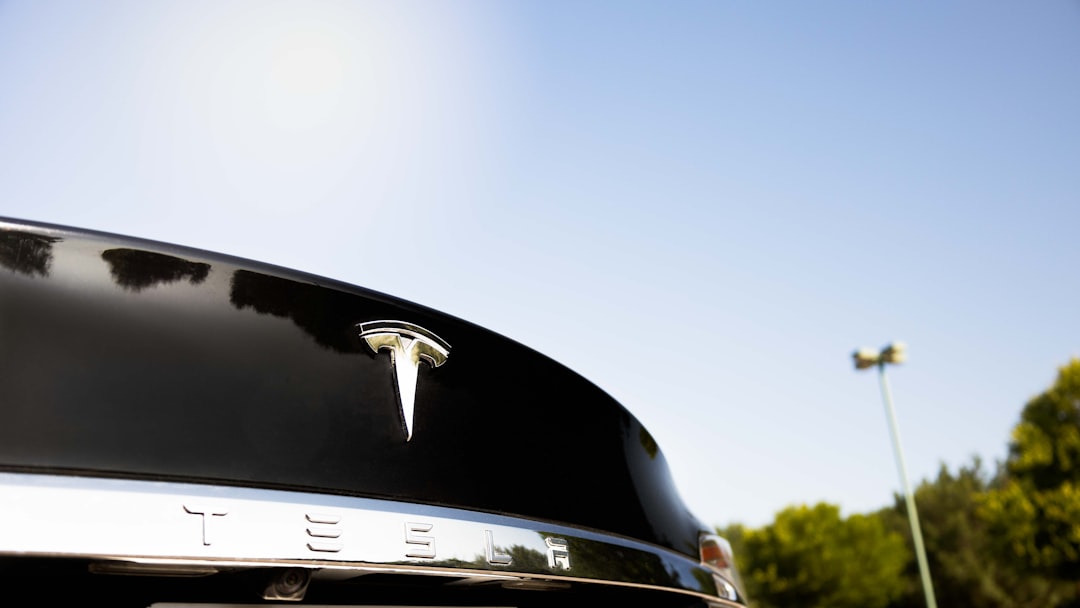Tesla and BYD Lead the Charge in 2024: New Public EV Charging Innovations
In an electrifying revelation, the International Energy Agency reported that global electric vehicle (EV) sales surged by 55% in 2023, setting the stage for an even more revolutionary 2024. As Tesla and BYD lead the charge in public EV charging innovations, the landscape of sustainable mobility is evolving at an unprecedented pace. This article explores how these industry giants are pioneering advancements in charging technology, making EVs more accessible and convenient for everyday drivers. Whether you’re an EV enthusiast or a curious newcomer, this piece will arm you with the latest insights and practical tips for navigating the rapidly changing world of electric vehicles.
The Rise of Tesla’s Supercharger Network
Tesla’s Expansion Plans: Setting the Pace
Tesla has long been a trailblazer in the EV market, and its Supercharger network is no exception. In 2024, Tesla aims to expand its Supercharger stations globally by 50%, focusing on underserved regions to enhance accessibility. With over 45,000 Superchargers worldwide, Tesla’s network supports charging speeds of up to 250 kW, enabling drivers to recharge their vehicles to 80% in just 30 minutes. This rapid expansion ensures that Tesla drivers can travel with confidence, knowing that a reliable charging station is never far away.
The V4 Supercharger: A Leap Forward
Tesla’s upcoming V4 Supercharger promises even greater efficiency and speed. Set to debut in mid-2024, these chargers will feature a peak power output of 350 kW, reducing charging times by 20%. This innovation not only benefits Tesla owners but also paves the way for broader adoption of EVs by demonstrating the feasibility of long-distance electric travel. As Elon Musk often highlights, the goal is to make EVs the go-to choice for all drivers, and the V4 Supercharger is a significant step in that direction.
BYD’s Innovative Charging Solutions
BYD’s Blade Battery Technology: A Game Changer
BYD, a leading Chinese automaker, is making waves with its Blade Battery technology. This innovation boasts enhanced safety features and increased energy density, offering a range of up to 600 kilometers on a single charge. But BYD isn’t stopping there; the company is also rolling out a new charging infrastructure aimed at reducing downtime for drivers. By collaborating with local governments and private enterprises, BYD plans to install 20,000 ultra-fast chargers across China by the end of 2024.
Dual Charging Platforms: Flexibility at Its Best
One of BYD’s standout innovations is the introduction of dual charging platforms. These allow vehicles to charge at both AC and DC stations, providing flexibility and convenience to drivers. This development is particularly beneficial in regions with varying levels of charging infrastructure maturity, ensuring that BYD drivers are never left stranded.
Comparative Analysis: Tesla vs. BYD
Charging Speed and Efficiency
- Tesla Supercharger V4: Up to 350 kW, charging to 80% in approximately 20 minutes.
- BYD Ultra-Fast Chargers: Capable of charging at 300 kW, achieving similar times for a full charge.
Network Coverage
- Tesla: Over 45,000 Superchargers in 40 countries, with significant expansion plans.
- BYD: Focused on rapid expansion within China, with plans to extend internationally.
Cost and Accessibility
- Tesla: Offers subscription models and pay-per-use options, making it flexible for users.
- BYD: Competitive pricing with government subsidies aiding affordability.
How to Choose Your First Electric Car
If you’re considering joining the EV revolution, it’s essential to choose a vehicle that meets your needs. Here are some factors to consider:
- Range: Evaluate your daily driving habits and select an EV with a range that accommodates your routine.
- Charging Options: Consider the availability of home charging solutions and public charging networks.
- Budget: Assess the total cost of ownership, including incentives, tax credits, and charging expenses.
- Brand and Model: Research the reliability and customer reviews of potential EVs.
Tesla’s Model 3 and BYD’s Han EV are excellent starting points for new buyers, offering a blend of performance, range, and affordability.
Charging Guide for Beginners
Types of Chargers
- Level 1 Chargers: Suitable for overnight home charging, using a standard 120V outlet.
- Level 2 Chargers: Ideal for faster home or public charging, requiring a 240V outlet.
- DC Fast Chargers: Best for long-distance travel, available at public stations.
Tips for Efficient Charging
- Plan your routes with charging stations in mind.
- Use smartphone apps to locate nearby chargers and monitor your charging progress.
- Take advantage of off-peak electricity rates for cost savings.
Conclusion: The Future of Electric Mobility
As Tesla and BYD lead the charge in 2024, their innovations in public EV charging are setting the standard for the industry. With faster charging times, broader network coverage, and enhanced battery technologies, the future of electric mobility is brighter than ever. Whether you’re already an EV owner or considering making the switch, staying informed about these developments will ensure you’re ready for the road ahead.
Are you excited about the advancements in EV charging technology? Share your thoughts in the comments below and explore how these changes might impact your driving experience. As the EV landscape continues to evolve, one thing is clear: the electric future is here, and it’s charging full speed ahead.

